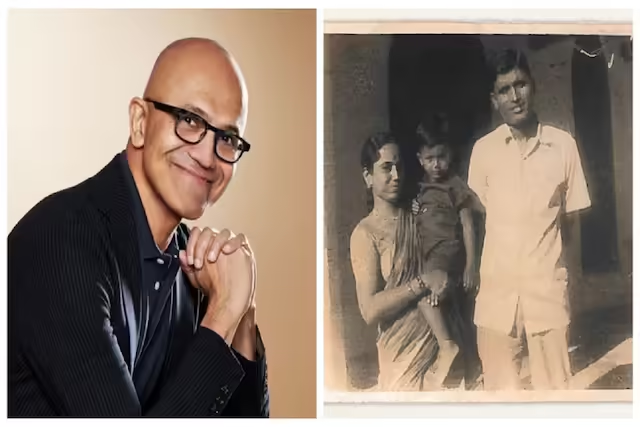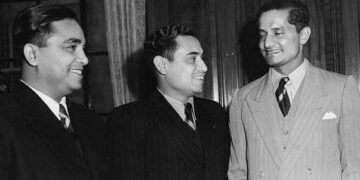Jalal-ud-din Muhammad Akbar (English: Jalal-ud-din Muhammad Akbar, born: October 15, 1542, Amarkot[1] – Death: October 27, 1605 AD, Agra) was the greatest Mughal emperor of India (reigned 1556 – 1605 AD), who expanded the Mughal power to most parts of the Indian subcontinent. To maintain the unity of his empire, Akbar adopted such policies by which the loyalty of non-Muslims could be won. Akbar’s name is quite famous in the history of India today. During his reign, he respected all religions, considered people of all castes and classes equal and established friendly relations with them. During his reign, Akbar tried to bring the whole of India under one empire, in which he was successful to a great extent.
Akbar was born on October 15, 1542 AD (Sunday 19 Isfandarmij, Rajab Hijri day or sixth of Kartik month of Vikram Samvat 1599).[1] He was born to Hamida Banu in the palace of Rana Veersal of Amarkot. Nowadays many people mistake Amarkot for Umarkot. In fact, this area was an integral part of Rajasthan. Even today Hindu Rajputs live there. Due to its location in the desert and on the border of Sindh, the British added it to Sindh and after partition it became a part of Pakistan.
Humayun was struggling to regain his lost kingdom. Then he moved towards Kandahar with the idea of getting help from Tahmasp of Iran. With great difficulty he crossed Sindh at Sehwan, then through Balochistan reached Mustang, south of Quetta, on the border with Kandahar. At this time his younger brother Askari was ruling on behalf of his brother Kamran, the ruler of Kabul. Humayun got the news that Askari wanted to attack and capture him. There were no men to compete. Even the slightest delay was going to spoil the work. He also had a shortage of horses. When he asked for money from Tardi Beg, he refused to give it. Humayun took Hamida Banu behind him on the horse and ran towards the mountains. It didn’t take long for him to leave that Askari arrived with two thousand riders. Humayun was unable to take the one year old baby Akbar. He was left there in the camp. Askari did not get angry on his nephew and took him safely to Kandahar in the hands of Jauhar etc. In Kandahar, Askari’s wife Sultan Begum was ready to show affection.
Akbar remained illiterate throughout his life. According to tradition, Akbar started his career on four years, four months and four days and Mulla Asamuddin Ibrahim got the privilege of becoming a teacher. After a few days, when it came time to listen to the text, there was nothing there. Humayun thought, the boy is not studying because of Mulla’s carelessness. People also said, “Mullah is very fond of pigeon hopping. He has also put his disciple in the pigeon fair”. Then Mulla Bayazid became a teacher, but did not yield any results. Along with the two old Mullahs, lots were cast in which the names of Maulana Abdul Qadir were also included. Maulana’s name came up coincidentally. He also continued teaching for a few days. While living in Kabul, Akbar had no time for pigeon shooting and playing with dogs. Even when it came to India, the pace remained uneven. This work was entrusted to the lawyer of Mulla Pir Muhammad-Bairam Khan. But Akbar had taken an oath that, Father, we should not study.
In 1551 AD, at the age of just 9, Akbar was given the governorship of Ghazni for the first time. Humayun appointed Munim Khan as Akbar’s guardian during the reconquest of India. After Akbar snatched Sirhind from Sikandar Sur, Humayun declared him his ‘crown’ in 1555 AD. After capturing Delhi, Humayun appointed Akbar the governor of Lahore, also appointed Akbar’s guardian Munim Khan as the bodyguard of his second son Mirza Hakim, and appointed the Turkish general Bairam Khan as Akbar’s guardian.






